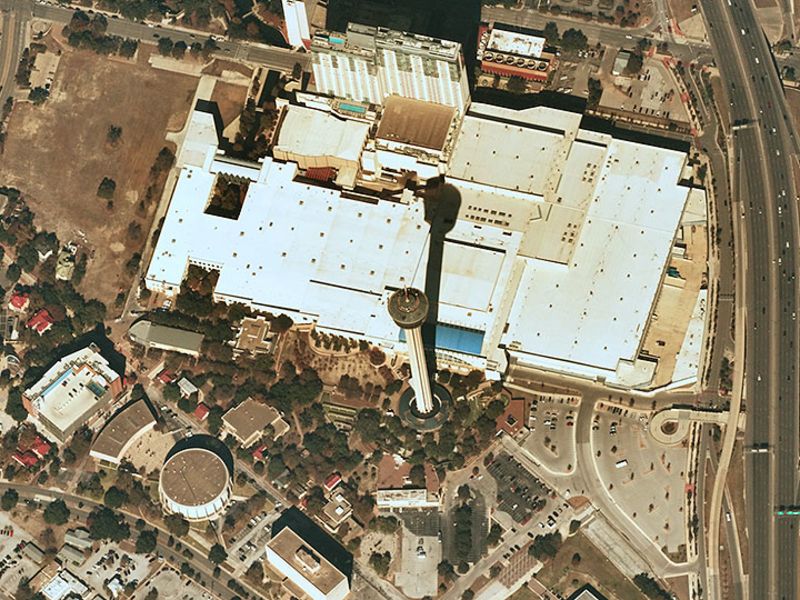
Fresh from college in the early 1990s, Jim Adler landed his first engineering job: working on avionics systems for spacecraft at General Dynamics in Southern California.
“You play with these amazingly huge toys that are worth billions of dollars,” Adler recalled. “Best job you could ask for.”
But an entrepreneurial spirit simmered and soon pulled him on a trajectory that included founding companies and guiding startups. Now in charge of Toyota Ventures, the automaker’s venture capital arm, Adler finds his thoughts are once again turning toward space.
Toyota Ventures’ latest activities, announced late last month, include investments in two space companies, Xona Space Systems and Near Space Labs.
Toyota isn’t interested in a mammoth endeavor comparable to Elon Musk’s SpaceX, manufacturing and launching its own missions. These are more niche space explorations. Xona Space Systems aims to launch a constellation of satellites that provides an alternative to GPS. Near Space Labs uses satellites to provide higher-quality geospatial imaging.
Near Space Labs raised $13 million in its series A financing round, led by Crosslink Capital. Xona Space Systems raised $8 million in a round led by Seraphim Space Investment Trust and MaC Venture Capital. The influx funds Xona’s first mission, slated for mid-2022. Toyota did not disclose its contributions.
The investments come at a time when broad interest in space business is on the rise. At least six space-oriented companies have gone public via mergers with blank-check companies known as special purpose acquisition companies so far this year, and three more are expected.
For Toyota Ventures, founded in 2017, the investments come as part of an increased emphasis on finding the startups that might define next-generation transportation. Toyota pumped $300 million into two new funds in June, and the space-related investments are the first to emerge from this redoubled effort.
While many of the fund’s investments target more conventional areas of transportation and mobility, Adler interprets his mission charge from Toyota President Akio Toyoda as broadly as possible.
“I took Akio Toyoda at his word that Toyota is now a mobility company,” he told Automotive News. “That means whenever things move — and technology is moving in all kinds of different ways — it’s our mission and our duty to give Toyota exposure to these opportunities. Give them a front-row seat. … And space is moving through a disruptive phase.”
One aspect of the space business remains constant since Adler’s first foray some three decades ago: Getting rockets to defy the bonds of gravity remains a capital-intensive endeavor. What’s changed? Pretty much everything else. With space no longer a monolithic sector dependent on government contracts, private companies have increased the frequency of launches and lowered their costs.
Such developments allow a company such as Xona Space Systems to consider launching a satellite constellation at far lower cost than previously thought possible. The California startup intends to offer a low-earth-orbit alternative to current-day GPS that’s more precise with a more powerful signal.
Could such a system someday offer enough accuracy to be used to help autonomous vehicles determine their exact location in the world? Adler says that’s not necessarily a definitive use case, though Xona’s “Pulsar” branded system someday could provide additive benefits. In his view, the potential use cases are still being unearthed, and the investment spurs those directional developments.
Perhaps for Near Space Labs, the use case for geospatial imaging conducted in the stratosphere is more mature. Traditionally, there have been a series of trade-offs in obtaining these images. Airplanes provide imaging of a wide swath of land, albeit at a high cost. More recently, drones have offered higher-quality images at a lower cost, albeit at a lower coverage range.
“This is great because it’s not a trade-off at all, but a perfect threading of the needle,” Adler said.
“It’s high-quality images, expansive coverage, at a reasonable cost, and it comes when you have all this mapping work being done around the world. Everyone is hungry for maps.”
Toyota Ventures has now invested in 42 companies. Beyond the space companies, another addition to the portfolio includes an investment in Burro, a company building autonomous robots that collaborate with human workers picking crops on farms.
From farming to space, the investments continue Adler’s consideration for companies beyond traditional ground-based transportation. Toyota Ventures was an early backer of air mobility company Joby Aviation, which went public this year.
Why look above, be it toward the sky or the heavens?
“Dimensional shifts, those are often compelling,” he said. “Why did we do Joby? Well, you can’t build more roads and you can’t go underground. Going up seems like a dimensional shift, and now there’s another dimension to play with.
“There’s a huge amount of value there. When you look at space, it’s clearly a dimensional shift. There’s a tremendous opportunity — if the finances pencil.”